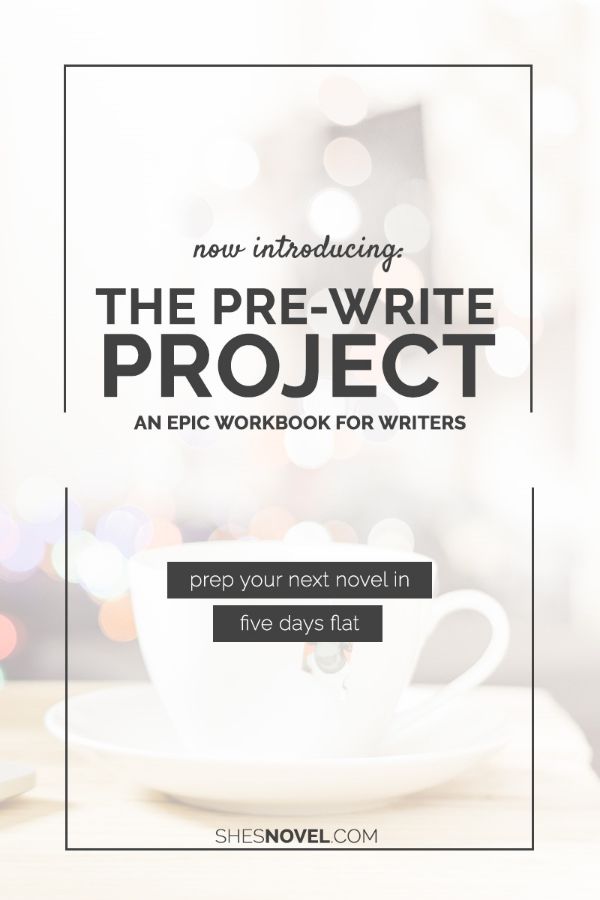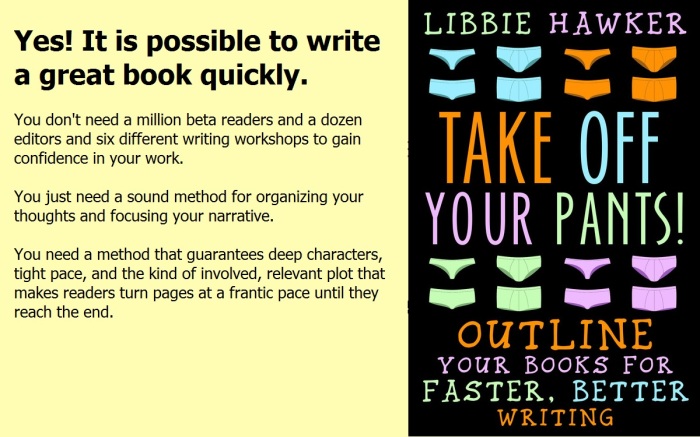
I’ve been spending a lot of time developing an idea for a novel that’s been percolating in my brain. It’s been at least a year now – maybe two, a process that’s taken far more time than I would have anticipated. It started out as a germ of a story which evolved into a setting and eventual world – well a continent on a world. I began building various systems, governments, cultures and a vague sense of the characters and themes I wanted populating this place.
Currently I have developed all of the above, 3 main characters, 2 antagonists, 2 clear cultures and a 3rd that’s still hazy, and the beginnings of an outline. But it’s getting out of control! Every day there’s something new that needs to be determined, some other painful question that needs answering and the worst part? It needs to be written! Other than the beginnings of a prologue and several partially written chapters, it’s a mountain I’m still down here looking up at the foothills.
So as usual, in my quest to do anything other than actually write – I started hitting up Google for some means of collating this information because it’s getting simply too much to manage. I have Word documents everywhere, notes in my phone, emails to myself, you name it! So much information in so many places it’s ridiculous.
And I came across THE PRE-WRITE PROJECT over at She’s Novel. For $7.00 USD this was exactly what I was after – a series of sheets designed to collate these thoughts into what the creator Kristen Kieffer calls a Story Bible. This bible effectively contains everything I have described above – but more. It drills right down into the details, from initial story intentions to character motivations. In a nutshell – it’s fantastic. For that price it was a bit of a no-brainer for me but I find myself having two problems with it:
- It’s sold as a digital workbook but other than being a PDF – it’s not actually a digital workbook. Annoyingly, you cannot enter text into the documents themselves. You’re either going to have to print them out and fill them in or transcribe them yourself. I’ve been trying to unlock the PDF’s and have done so, but it’s not ideal as it’s still not direct text entry. IF these were truly digital workbooks they would be amazing, but for now, they’re simply good.
- I need to find the motivation now to actually fill them out. You would think that based on everything I said above that I would be leaping at the opportunity. But nope – the writing muscle I possess is still about as flaccid as it comes. As I begin to fill it out I….Reddit. House of Cards. Stare at closest wall.
One great thing about these workbooks however is they come at you with a plan. Kristen has put down a timeframe and a rough amount of hours needed to fill it out which is really quite realistic. If I can whip my ass into gear, I’ll report back – just don’t hold your breath.
If you pick up these workbooks and find them of value let me know – it might just inspire me to fill them out! If you can find an easy way to unlock the text fields without the Acrobat typewriter thing, double let me know!


